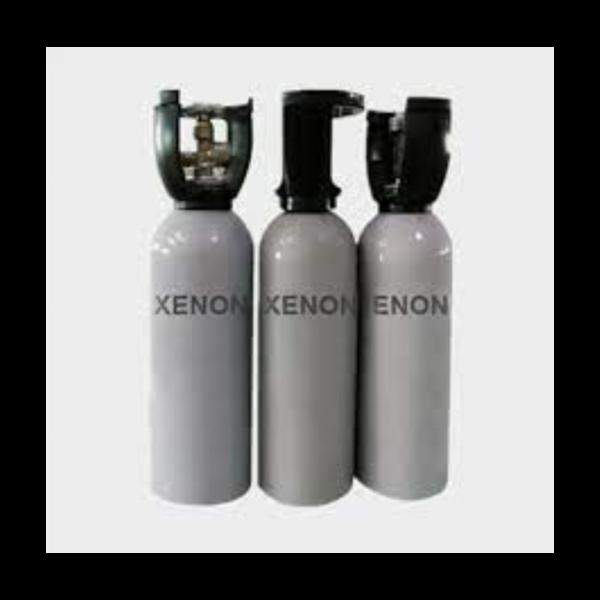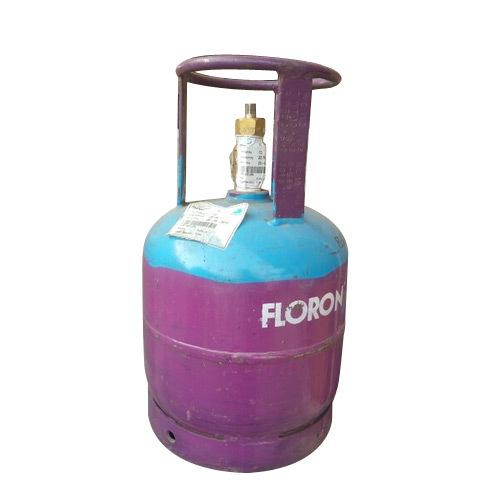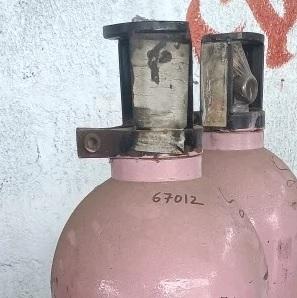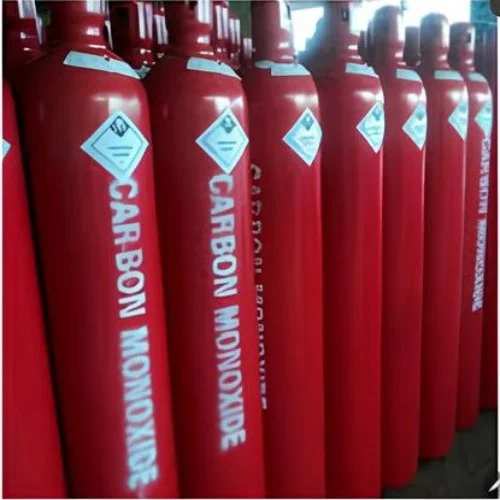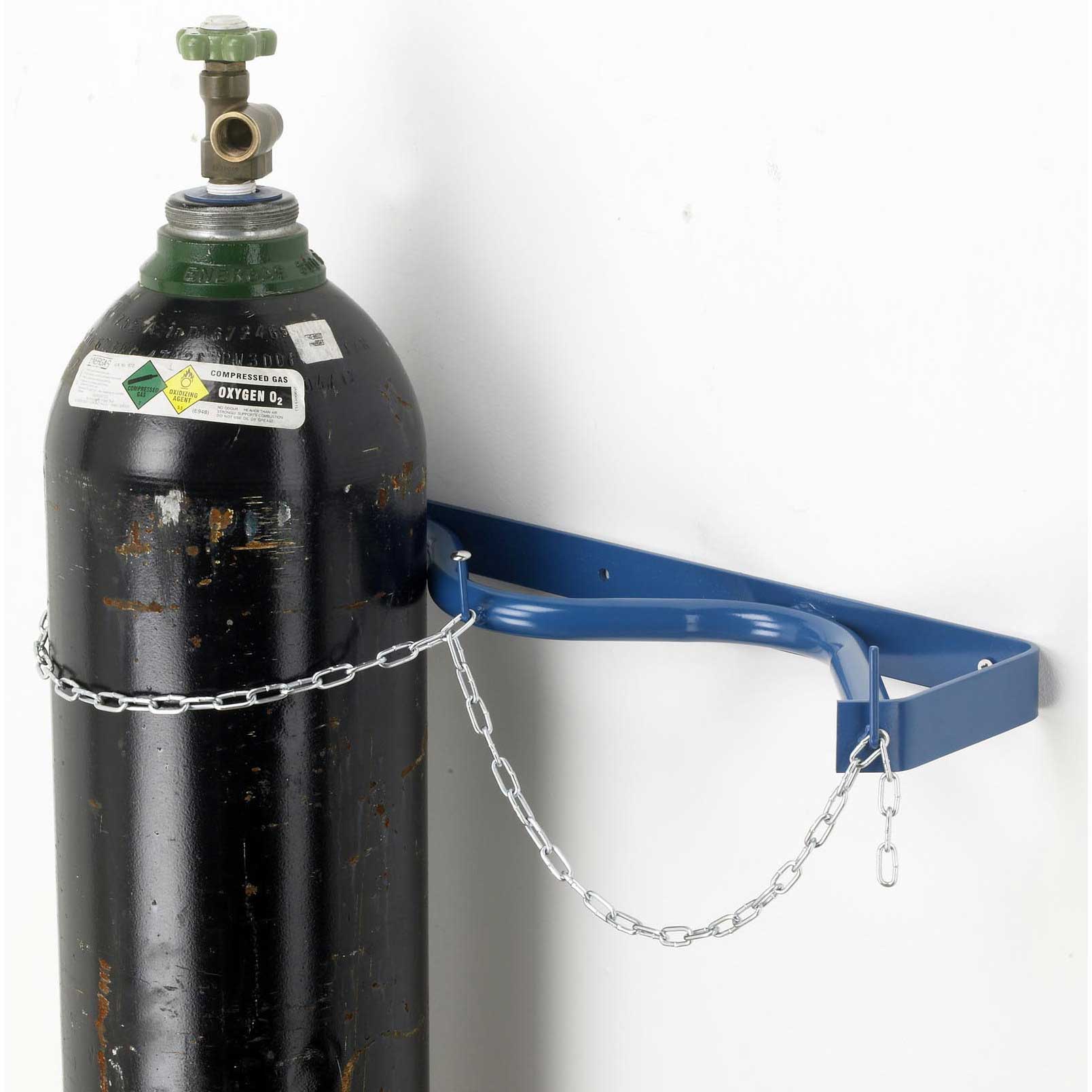
Oxygen is a chemical element with symbol O and atomic number 8. It is a member of the chalcogen group on the periodic table and is a highly reactive nonmetal and oxidizing agent that readily forms oxides with most elements as well as other compounds. By mass, oxygen is the third-most abundant element in the universe, after hydrogen and helium. At standard temperature and pressure, two atoms of the element bind to form di-oxygen, a colorless and odorless diatomic gas with the formula O2. This is an important part of the atmosphere and diatomic oxygen gas constitutes 20.8% of the Earth's atmosphere.
We have Oxygen in Following Purities
ASGT 99.9%
ASGT 99.999%
The two main uses of Oxygen Gas are for Medical and Industrial.
a) Medical:
Uptake of O2 from the air is the essential purpose of respiration, so oxygen supplementation is used in medicine. Treatment not only increases oxygen levels in the patient's blood, but has the secondary effect of decreasing resistance to blood flow in many types of diseased lungs, easing work load on the heart.
b) Industrial
Smelting of iron ore into steel consumes 55% of commercially produced oxygen. In this process, O2 is injected through a high-pressure lance into molten iron, which removes sulfur impurities and excess carbon as the respective oxides, SO2 and CO2.
Another 25% of commercially produced oxygen is used by the chemical industry.
Most of the remaining 20% of commercially produced oxygen is used in medical applications, metal cutting and welding, as an oxidizer in rocket fuel, and in water treatment. Oxygen is used in oxyacetylene welding burning acetylene with O2 to produce a very hot flame. In this process, metal up to 60 cm (24 in) thick is first heated with a small oxy-acetylene flame and then quickly cut by a large stream of O2.
Keywords
O2
ASGT
atoms
agent
symbol
Uptake
member
helium
iron ore
universe
dioxygen
elements
oxidizer
main uses
hot flame
work load
blood flow
atmosphere
respiration
rocket fuel
molten iron
mass oxygen
element bind
large stream
excess carbon
atomic number
process metal
steel consumes
periodic table
diseased lungs
chalcogen group
secondary effect
chemical element
sulfur impurities
chemical industry
essential purpose
respective oxides
highpressure lance
diatomic oxygen gas
standard temperature
odorless diatomic gas
oxygen supplementation
water treatment Oxygen
increases oxygen levels
small oxyacetylene flame
highly reactive nonmetal
welding burning acetylene
medical applications metal
thirdmost abundant element
commercially produced oxygen

